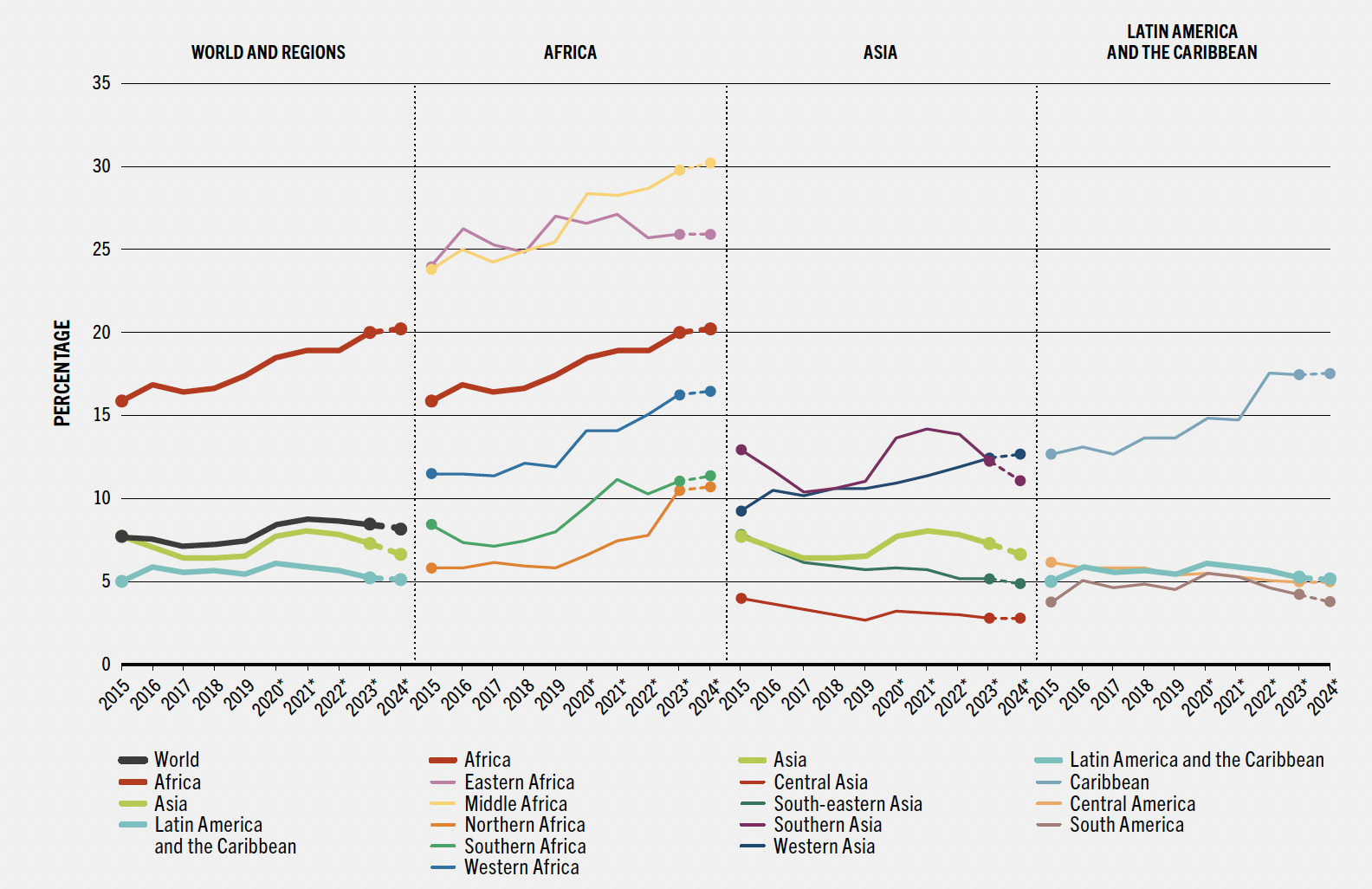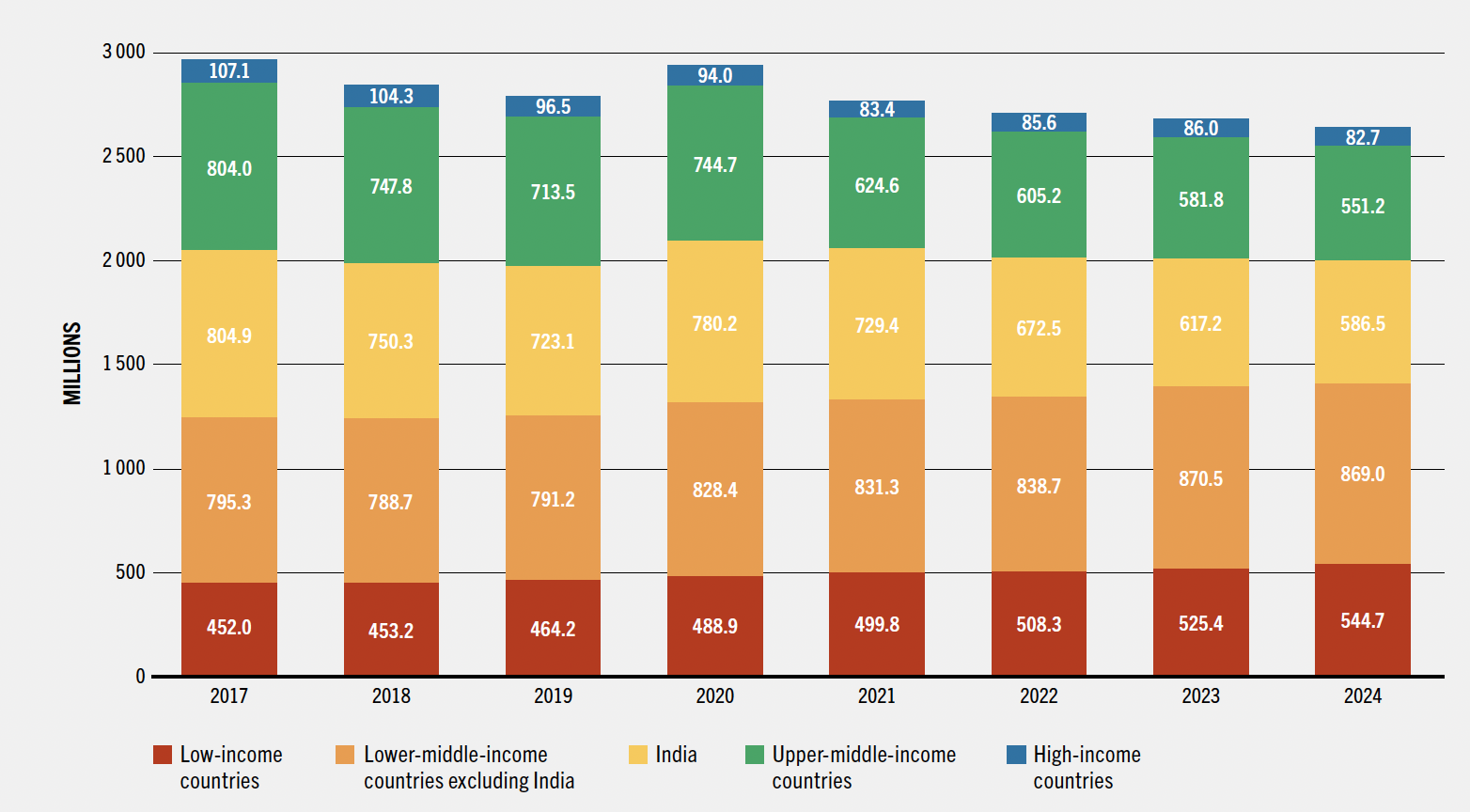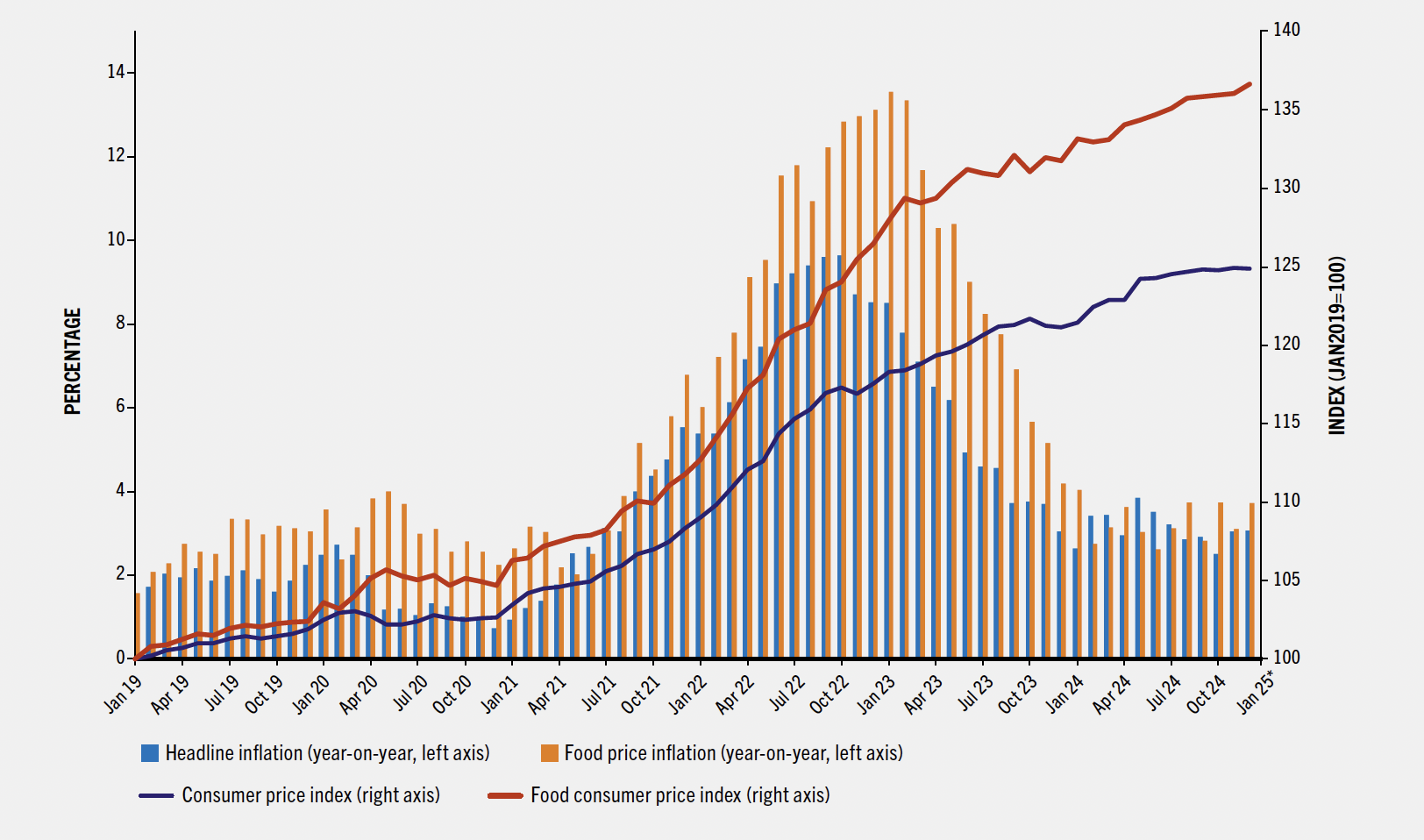There appears to be a resurgence in efforts to ensure that nutrition is integrated into farming practices. A decade ago, we undertook a global study to synthesize experiences on integrating nutrition into Extension and Advisory Services (EAS) — the networks of agents who work directly with farmers worldwide. I think the study remains relevant and sheds light on how to improve EAS for nutrition-sensitive agriculture. In the study we find:
Nutrition integration is mostly limited to food availability interventions.
The most common way nutrition enters EAS is through efforts like home gardening, crop diversification, biofortification (e.g., orange-fleshed sweet potatoes), and reducing post-harvest losses. These focus on increasing the supply of nutritious food, but less attention is given to food access and utilization dimensions of nutrition.Nutrition training for extension agents is inadequate.
Extension agents typically lack sufficient technical nutrition knowledge and the “soft skills” (communication, gender sensitivity, facilitation) needed to deliver nutrition messages effectively. Training is often short, inconsistent, and without refresher courses or mentorship. Weak career incentives further discourage agents from prioritizing nutrition.Significant challenges hinder integration.
Barriers include poor or ineffective nutrition training, unclear organizational mandates that overload agents, lack of female representation in the workforce, reduced mobility due to poor resources, and systemic disconnects between agriculture and nutrition sectors (different “languages,” weak coordination, and inadequate resources). These create major constraints on scaling up nutrition-sensitive agriculture.Opportunities exist but remain underutilized.
Despite challenges, EAS hold promise because they already have reach, trust, and cultural familiarity with rural communities. Key opportunities lie in engaging communities through participatory approaches, creating demand for nutrition (so that households value and request nutrition services), and using innovative communications technologies (ICT, radio, mobile platforms) to reinforce nutrition messages.
This word cloud above is enlightening. It shows the most frequently mentioned keywords by respondents to an online survey question, “What would be considered the greatest challenges in integrating nutrition into EAS?” The font size of the words placed in the word cloud represents their frequency and usefulness. The more prominent (larger text size) the word is in the word cloud, the more frequently it appeared in the online provided. Transportation, task overload, funding, and quality training were considered the most frequent challenges listed in the survey responses.
The takeaway? EAS could be a powerful vehicle for “nutrition-sensitive agriculture,” but only with sustained investment, multisectoral collaboration, and attention to equity.
🔗 A must-read, 10 years standing, for anyone working at the intersection of food, farming, and nutrition! Check out the paper here.










